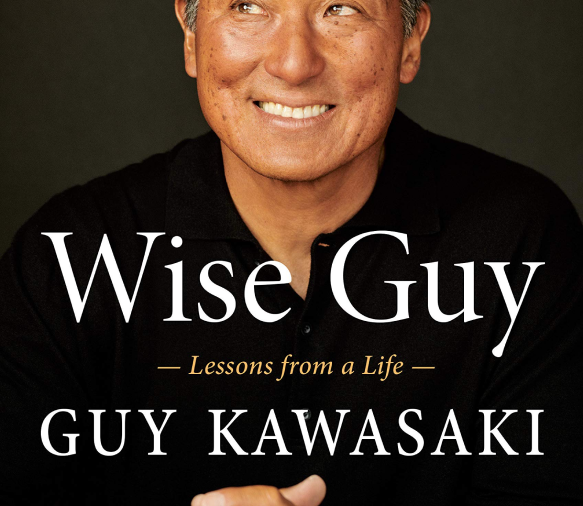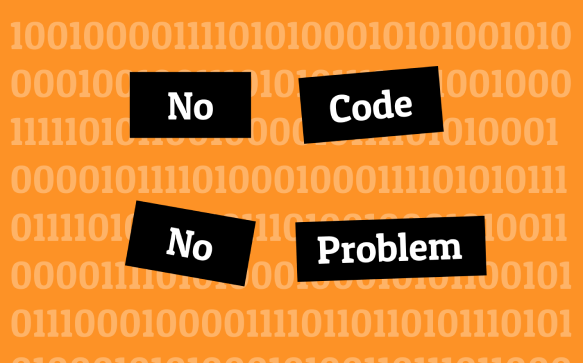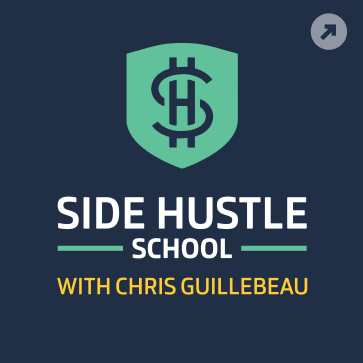With the job market being so tight, looking at new trends and creative ways to develop revenue streams is worth studying. I used to dismiss things like earning money on Substack or Medium. Here’s the thing, according to Li Jin, Partner at a venture capital firm called Andreesen Horowitz, the top performing writer for Medium earns about $500k per year. Not bad. The interesting thing is that these types of businesses that are able to attract an audience (a niche audience, not necessarily a gigantic one) weren’t possible five years ago.
What is the “Passion Economy”
The Passion economy is much different than the Gig economy. The major difference is that a gig job is limited to a specific number of times and number of people but in a passion economy, one can reach a much wider audience if a creator desires. Although the “passion economy” sounds like a Utopian world where anyone can work (and get paid) for the things that they love doing, it’s more than that. It’s about creating careers driven by a person’s core interests and beliefs. It’s an opportunity to leverage your unique skills and your individuality. It’s also about creating value. According to a recent Forbes article by Benjamin Vaughan, it’s described as the following: “The passion economy is a new wave of niche communities that are challenging traditional social media giants. Instead of the generalised and non-specific content of larger social media platforms, the niche communities focus on creating and sharing content that resonates with individuals.” There’s a matrix in this article with examples of the Gig economy vs the Passion economy.
Why Now?
Why is this happening? Why are there niche communities focused on a specific topic? One push towards this model is because we’re ALL spending more time online and we’re craving more connection with others. Ten months of isolation has definitely helped nurture this trend. There’s another reason. As consumers (of content especially), we crave something different. Another reason? The technology is accessible. Today, there are no-code websites and free app builders that have reduced the need for software engineers just to get started. There are so many free tools available in design, video editing, and loads of other production tools to use. Because of this, creating engaging content has become much easier than in the past. Nick Burling, of illume hire, wrote about no code tech tools here. Going through these tools and seeing the possibilities may spark an idea. For example, we have been curating amazing resources for our readers and Nick told me we could create a mobile app with all of that content at no cost. How cool is that?
5 Elements of the Passion Economy:
- Accessibility: Being online with our devices is easier than it was ten years ago.
- Individuality: It’s about being unique and leveraging your skills and interests.
- Availability: Digital products and platforms for creators (many of which are free) with minimal technology know how and effort
- Get Curious: Before saying, “I’m not tech savvy”, try it out. Challenge yourself.
- Career Opportunities: This is a chance for creators to develop revenue in an area they know and love.
If this is truly the future of work, count me in. Being curious about new technology products that can help anyone create a healthy revenue stream is the key.
As Benjamin Vaughn of Forbes recently said, “Though it is still in the early stages, monetising interactions instead of goods and services seems to be the predominant shift.” Cheers to that and to all things related to an exciting passion economy.
Reviewed & Recommended:
Li Jin of Andreesen Horowitz talks about the passion economy and examples of different tech tools being used by everyday people to earn cash: The Passion Economy and the Future of Work
A video about the passion economy and why it’s interesting: Adam Davidson and Li Jin discuss the Passion Economy
An article from Forbes on The Rise of the Passion Economy
| MORE ARTICLES
Emily’s vision for illume hire developed as part of her journey from a startup-curious sales and media professional to co-founder and CEO. Her passion is to provide resources to support professionals with 20+ years experience. Emily was part of the founding leadership team of Age Equity Alliance, a non-profit focused on the benefits of an intergenerational team.








